Water assortment and storage is nothing new. Individuals have been harvesting rainwater for lots of of years… millennia, actually.
In fact, plenty of the historic archaeological web sites that we like to go to—Machu Picchu, the aqueducts of Rome, the Basilica Cistern in Istanbul, the ponds and linear channels of Angkor Wat, the rice terraces of the Philippines—current good fashions for rainwater harvesting strategies.
Learning methods for harvesting rainwater would possibly ultimately present to be the vital factor to future life on earth. Frighteningly, decrease than 1% of the world’s water will be utilized by folks for ingesting, and the planet has been working with roughly the equivalent amount of current water for lots of of hundreds of years.
Nonetheless because the worldwide inhabitants will improve, so does the demand for water. Sadly, plenty of the pure water strategies we’ve historically relied on for ingesting water— aquifers, creeks, lakes, and rivers—are drying up from overuse, or are prone to being too polluted to utilize safely.
We don’t even should look previous US borders to know that current water is a extraordinarily big deal, whatever the place you reside. Nonetheless water scarcity is a rising downside all world huge.
For eons, water evaporated into the surroundings and fell once more to earth in a pure filtering cycle. Nonetheless with urbanized sewage/drainage strategies, genetically modified meals manufacturing, and industrial waste, municipalities ought to use a slurry of chemical substances to make water potable as soon as extra.
Thankfully, Mother Nature supplies us with a great deal of current water correct at dwelling. This convenient info will educate you what rainwater harvesting is, the best way it benefits the environment, diverse water catchment methods, and learn how to make a DIY rainwater harvesting system of your particular person.
READ MORE: How one can Save Water: 15 Water Conservation Methods
TABLE OF CONTENTS
- What’s Rainwater Harvesting?
- Advantages of Rainwater Harvesting
- How Water Harvesting Benefits the Environment
- Rainwater Harvesting Methods
- How one can Make a Rainwater Tank
- Placing in a Rainwater Filter
- Rainwater Harvesting System


What Is Rainwater Harvesting?
Rainwater harvesting is the simple act of accumulating and storing rainwater when the getting is good so it could be utilized in cases of drought.
With safe ingesting water turning into increasingly more scarce, rain harvesting strategies (a.okay.a. water catchment strategies) have gotten commonplace as soon as extra, as they’ve been in historic cases.
Even people who don’t need ingesting water sometimes use rainwater assortment tanks to water their gardens. That’s considerably true in areas the place droughts or dry seasons are widespread, and entry to municipal water is restricted, unreliable, or expensive.
There are quite a few utterly completely different methods for rainwater harvesting: Every rooftop, laborious ground, or sloped panorama affords the potential to grab and retailer rain fairly than merely let it drain away.
Since now we’ve got to have shelters and roads, that means rainwater strategies will be utilized almost all over. Even throughout the Arizona desert, the place the frequent annual rainfall is decrease than 10 inches, a typical suburban rooftop would possibly accumulate lots of of gallons of water yearly!
READ MORE: 60 Going Inexperienced Concepts You Can Use Every Day
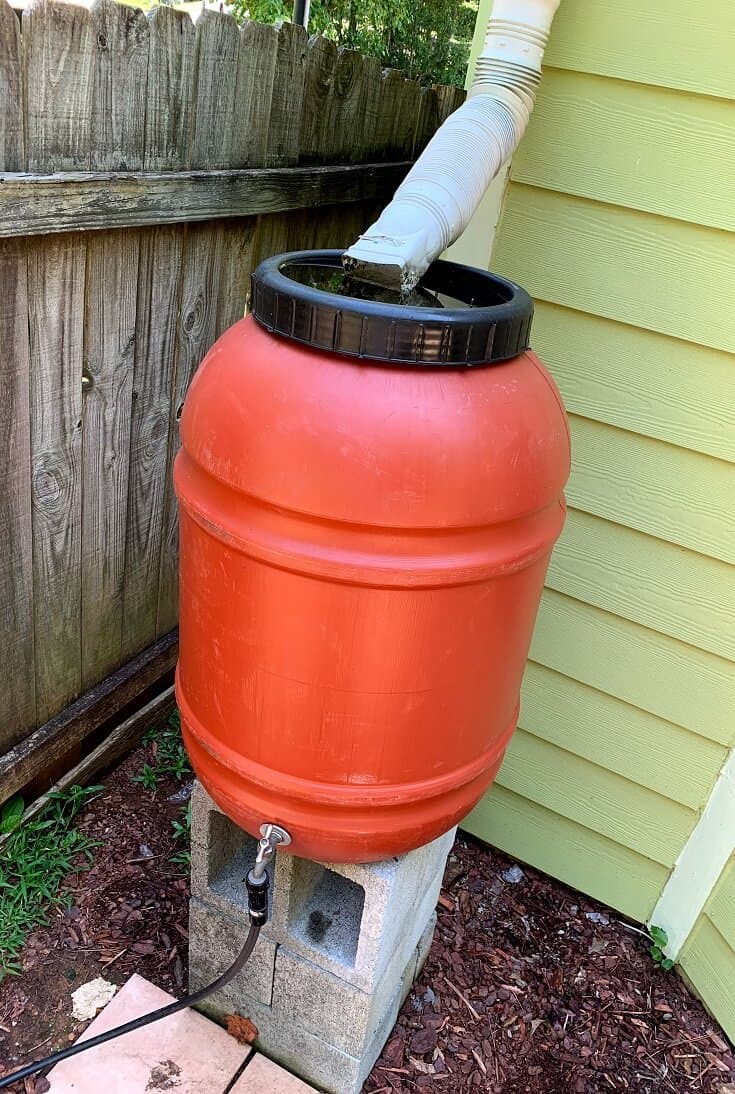

Advantages of Rainwater Harvesting
Whereas accumulating rainwater is often seen as an environmental act, there are pretty only a few advantages of rainwater harvesting on a personal diploma:
- Harvesting rainwater can cut back water funds significantly by supplying free water for irrigating gardens and lawns. This accounts for about 20% of the frequent American household’s water utilization.
- A water harvesting system reduces flooding throughout the yard by catching and storing an entire lot of gallons of water sooner than allowing roof runoff to spill into the backyard. That water may be distributed later, as wished, fairly than when it’s overabundant.
- Rain catchment strategies give us entry to water that has not been chemically dealt with, which is quite a bit higher for rising pure meals and diverse completely different points.
- A rain catchment system may be plumbed to behave as a serious water present for lots of household options, similar to for a washer or an outside sink.
- Rain catchment tanks furthermore work properly as a back-up water present for emergency use.
READ MORE: What’s Permaculture Gardening?
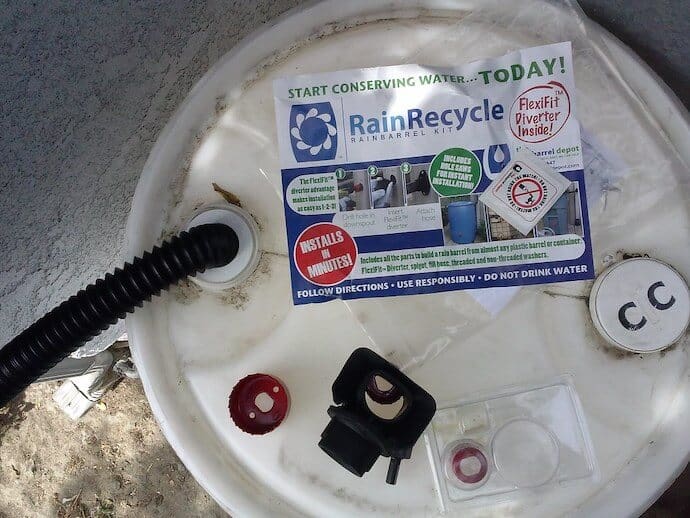

How Water Harvesting Benefits the Environment
Rainwater assortment strategies might do tons to help the ecosystem and neighborhood whereby we dwell. With a system of our private, we’ll start making a neighborhood and worldwide distinction correct at dwelling. Listed beneath are 5 examples of how harvesting water benefits the environment:
- Rain harvesting reduces stormwater runoff, which suggests a lot much less of our current water goes into drainage/sewage treatment strategies. Which suggests a lot much less energy is required to wash the water, and fewer water is misplaced or contaminated in transit all through the urbanized water cycle.
- By diverting stormwater with rain assortment strategies, we moreover put a lot much less stress on (and cut back air air pollution in) native creeks, streams, and rivers. As we’ve developed neighborhoods and procuring amenities, we’ve dramatically altered the best way through which nature absorbs rainfall. As of late, laborious ground runoff creates “pure” disasters, along with flooding cities.
- Using collected rain for household desires, similar to watering vegetation, permits our aquifers time to replenish themselves. Plus, having water catchment strategies through earthworks helps the water permeate into the underside fairly than working into municipal drainage strategies.
- Rain water harvesting moreover reduces our reliance on municipal water. Municipal water must be dealt with with chemical substances and pumped to our properties, little doubt using fossil fuels throughout the course of. The a lot much less municipal water we use, the a lot much less energy is wasted.
- Earthwork rain catchments similar to dams and ponds might current invaluable wildlife habitat, ingesting water, and bathing water. Bees, butterflies, birds, fish, and every completely different animal on the planet need water to dwell. Clear, collected rainwater is even greater!
READ MORE: The Precise Erin Brockovich Fights Water Air air pollution
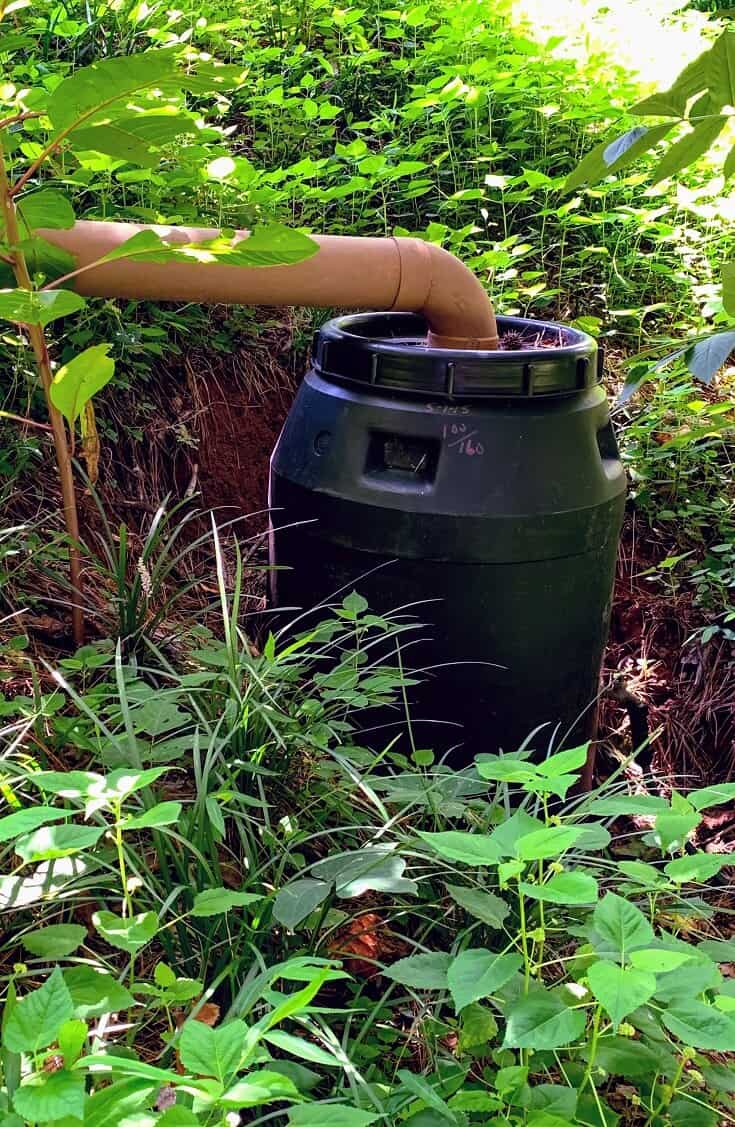

Rainwater Harvesting Methods
There are a variety of utterly completely different methods of harvesting rainwater. Some comprise tanks or cisterns that preserve the water for easy entry, whereas others preserve the water until it soaks into the earth.
Some fashions for the home are designed to be small-scale, holding as little as one 40- to 55-gallon drum at a time. Additional involved rain catchment strategies, similar to chances are you’ll uncover on a sustainable farm, can preserve lots of and even lots of of hundreds of gallons of water.
Rooftop water catchment is the most common DIY rainwater harvesting methodology for metropolis and suburban areas. With this technique, the rain that falls onto the roof all through a storm strikes through gutters and into downspouts that fill rainwater assortment tanks.
These tanks usually current water for yard or backyard irrigation, nonetheless additional superior strategies might help with supplying water desires inside the home. Comparable strategies may be linked to tube wells fairly rain assortment tanks with a objective to refill aquifers the place groundwater has flip into low.
Completely different suburban fashions for rainwater assortment depend upon laborious ground runoff, comparable to the current transferring down the driveway or street. On this case, water is directed into catchments, similar to swales or rainwater gardens, that unfold it and preserve it until the earth is more healthy able to take in it.
This moreover eliminates the need to irrigate with municipal water. Comparatively than draining all that invaluable rain away, water catchments protect a number of of it for the vegetation to benefit from. To help with replenishing groundwater, some people lead laborious ground runoff to a recharge pit.
With acreage comes way more potential for rainwater harvesting. Earthworks can profit from pure drainage paths by disrupting them, spreading the water over sloped landscapes with swales which may be linked to dams that preserve water in bulk.
Ponds and lakes (the water behind dams) can help biodiverse ecosystems whereby vegetation and animals thrive on account of they’ve fastened entry to water. With these types of water catchment, aquifers quickly regenerate and the water desk stays extreme.
READ MORE: The Remaining DIY Aquaponics Beginner’s Info
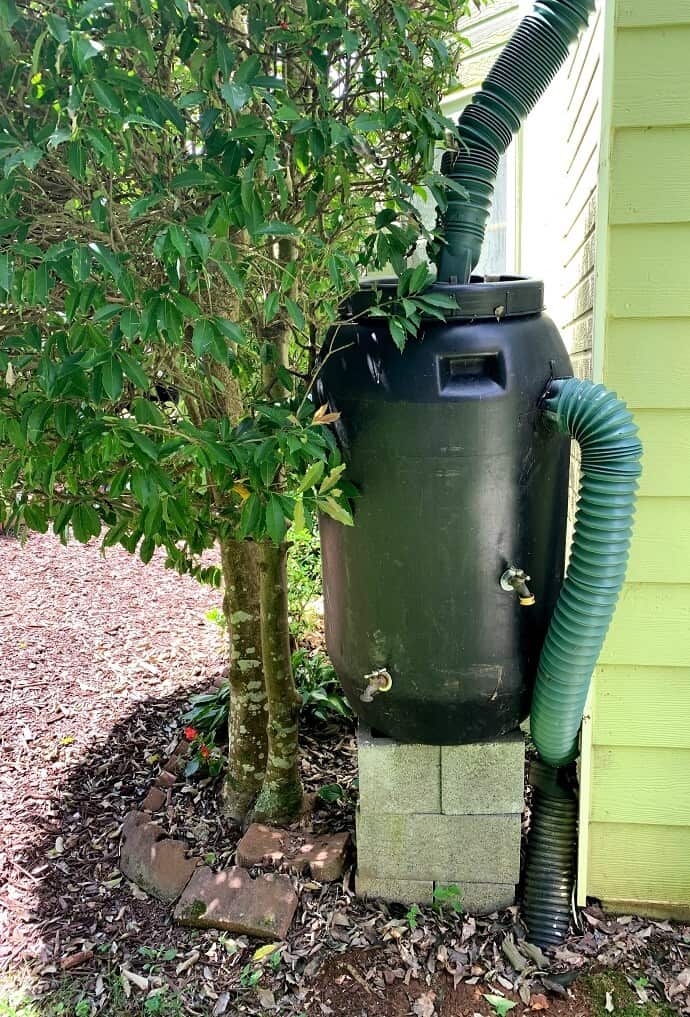

How one can Make a Rainwater Tank
The widespread metropolis/suburban water catchment system collects rainwater from the roof and retailers it in an linked tank, each above or underneath the underside.
One inch of rain on a 2000 sq. foot roof supplies over 1200 gallons of water, or spherical 13 bathtubs’ worth The everyday rainfall for the contiguous United States is over 30 inches a 12 months, which is larger than 36,000 gallons per roof! All of that water must be held someplace.
A rooftop rain harvesting system sometimes entails a tank ranging wherever from 40 to an entire lot of gallons. Sometimes these tanks are constructed underground our of concrete, which requires extreme excavation and arrange worth. On the optimistic aspect, they’re typically very large.
Above-ground metal tanks are cheap and troublesome to place in, nonetheless they do are inclined to rust over time. Bladder tanks, like gigantic baggage, are typically utilized in tight spots, similar to beneath a deck.
Nonetheless plastic/polyethylene rainwater tanks are by far the most common. Till the water is getting used for ingesting, the possibilities are any of these decisions is safe.
Because of they’re in all probability probably the most cost-efficient, long-lasting, and repurposed, among the typically used rainwater catchment tanks is a 55-gallon barrel. Proper right here’s a perfect video on learn how to make a rainwater tank using meals grade barrels, which might be extensively on the market and low-cost. The rain barrels pictured on this publish used to hold roasted crimson peppers and olives.
These are generally linked with a objective to current additional rainwater area for storing. Or they’re typically put in individually beneath each downspout to supply entry to water in plenty of locations. Comparable, greater functionality strategies may be constructed with repurposed IBC totes as properly.
There are only a few steps to place in a rain harvesting barrel”
- A hose or pipe, the equivalent measurement or greater than the gutter outlet, ought to affix the gutter to the very best of the barrel. This entails chopping a small hole throughout the excessive of the barrel and making a rainwater filter for particles (which we’ll talk about throughout the subsequent half).
- The barrel should be set on a platform, lifting it up off the underside. We advise using concrete blocks, stacking two to three pairs on excessive of each other.
- A spigot should be linked to the aspect near the underside of the barrel, so that the complete water inside may be accessed.
- An overflow outlet, the equivalent measurement as or barely greater than the gutter outlet, should be positioned on the aspect near the very best of the barrel. This outlet can comprise a hose that leads the excess water to someplace like a rain yard or recharge pit.
READ MORE: Permaculture Gardening Info (12 Concepts for a Productive Yard)
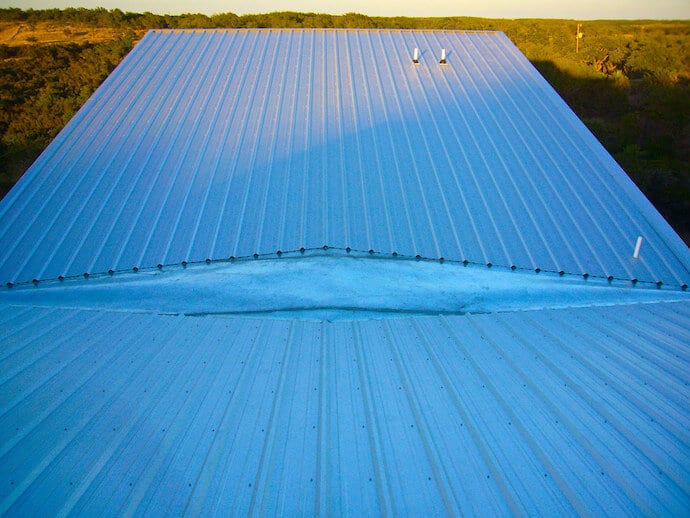

Placing in a Rainwater Filter
Counting on the diploma to which you hope to assemble rainwater, there are utterly completely different methods for rainwater harvesting. Equally, the best way through which whereby we have to use the water– whether or not or not it is for irrigation, cleaning, or ingesting– will resolve the diploma to which we filter the water.
For simple outdoors watering use, a rainwater filter produced from frequently plumbing parts and around-the-house sorts of provides will suffice for accumulating particles. A four-inch rubber boot and even an outdated plant pot may be plumbed to sit down down comfortably atop a rain barrel, with the gutter motion leading to it.
Contained within the boot or pot, you probably can match a little bit of recycled hosiery or a paint sprayer filter to take care of out any large particles that could possibly be washed off the roof, similar to leaves, twigs, or bugs. As long as the filter is cleaned typically, collected rainwater will motion merely with out it getting clogged up.
Nonetheless, if ingesting the water is the ultimately goal, then some additional filtering is essential. Though rainwater could also be very clear, having gone through the pure water cycle and particles filter, it does select up unsavory stuff on the route from roof to tank.
Making water potable for ingesting requires a further purification system. For emergency circumstances, it’s good to have a major water air air purifier similar to a camper would use. Otherwise you probably can assemble a straightforward one with repurposed buckets. For a household water provide, it’s greater to herald professionals.
READ MORE: 15 Strategies to Reduce Waste & Switch In route of Waste-Free Dwelling
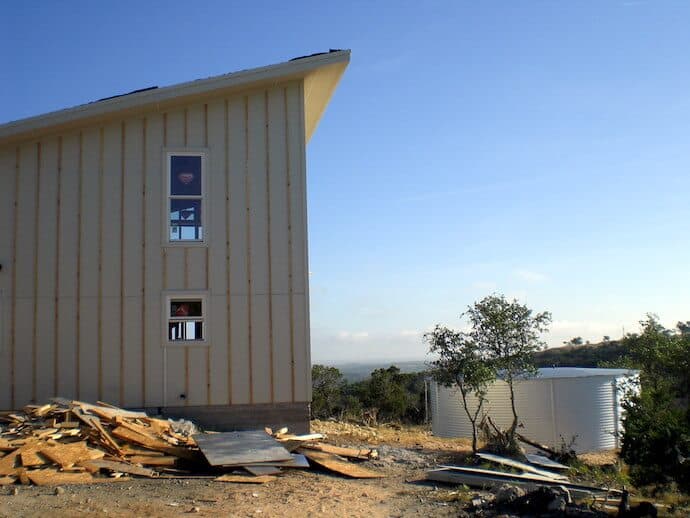

Rainwater Harvesting System
Any rooftop rainwater harvesting mission has the equivalent major components: a roof to catch, guttering to assemble, hoses to distribute, filters to wash, storage tanks to hold, and retailers to entry rainwater.
It’s what happens previous these retailers that determines the complexity of the rainwater harvesting system. Regardless of how superior we’d desire to get with it, most of us have the aptitude to reap some rainwater.
A barrel-style rainwater assortment system is also rudimentary, nonetheless the water will be utterly high-quality for our backyard and yard use. If further purified a bit of bit at time by boiling, it would even flip into potable in a pinch. For a whole worth of $50 to $60, this water-saving shock can fulfill plenty of desires.
Additional superior rainwater harvesting strategies– along with underground cisterns, pumps, and purification– are totally attainable, nonetheless require professionals to place in and permits to utilize them.
Nonetheless for these striving to go inexperienced, rainwater harvesting deserves extreme consideration. Accumulating our private water makes plenty of sense, every ecologically and economically. It requires no chemical substances to remove contaminants, on account of it isn’t laced with industrial dumping or agricultural runoff.
As an alternative of allowing rain to be a problem and up to date water to be scarce, we’ll catch enough water to utilize for lots of household desires. That’s empowerment, self-sufficiency, and actually sustainable residing! –Jonathon Engels, major {photograph} by fotos.rotas licensed beneath CC BY-NC-ND 2.0
